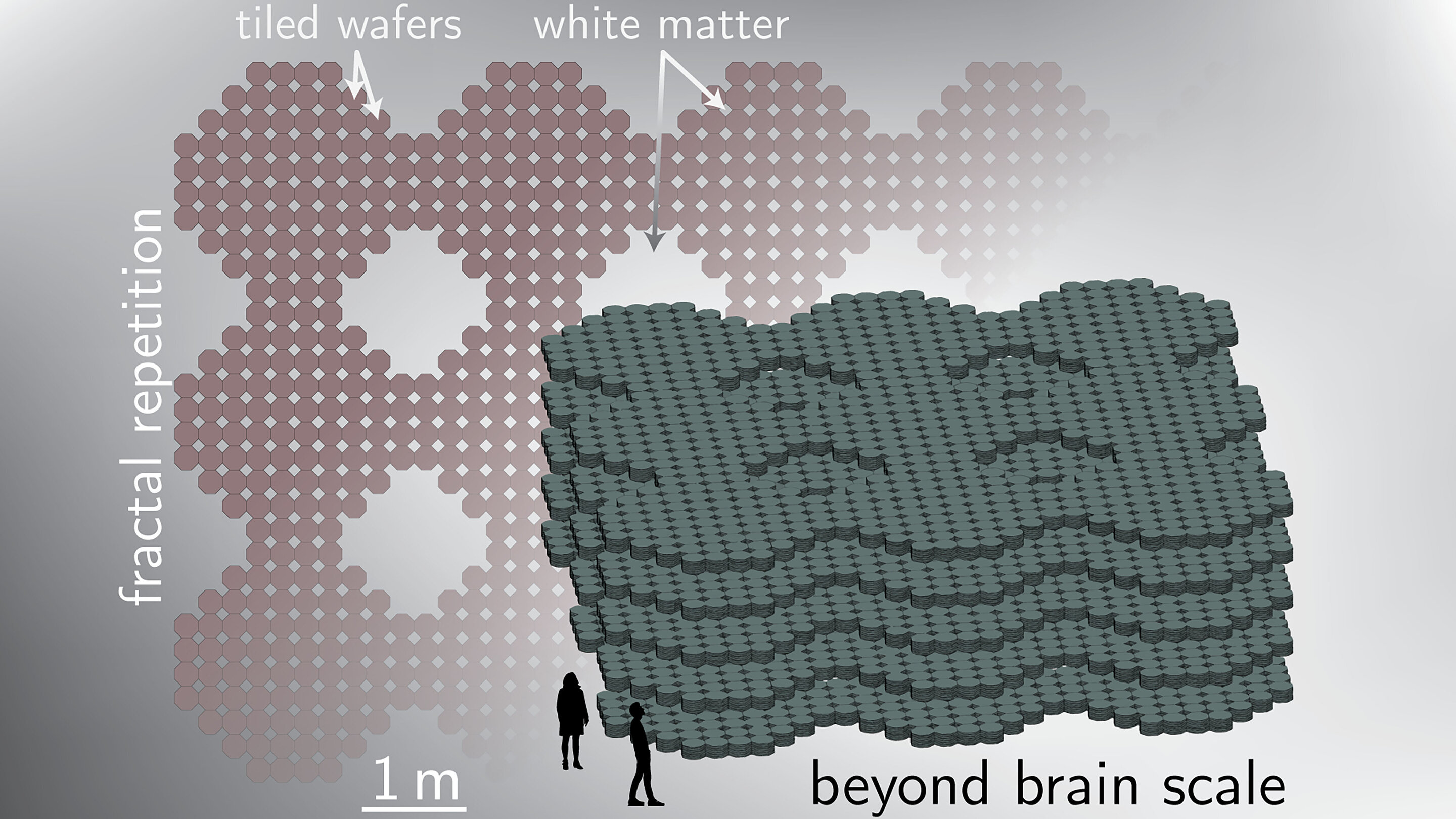Combining light, superconductors could boost AI capabilities
21. 4. 2021 | Phys.org | www.phys.org
As artificial intelligence has attracted broad interest, researchers are focused on understanding how the brain accomplishes cognition so they can construct artificial systems with general intelligence comparable to humans' intelligence.
Many have approached this challenge by using conventional silicon microelectronics in conjunction with light. However, the fabrication of silicon chips with electronic and photonic circuit elements is difficult for many physical and practical reasons related to the materials used for the components. Researchers at the National Institute of Standards and Technology propose an approach to large-scale artificial intelligence that focuses on integrating photonic components with superconducting electronics rather than semiconducting electronics.

Using light for communication in conjunction with complex electronic circuits for computation could enable artificial cognitive systems of scale and functionality beyond what can be achieved with either light or electronics alone. Superconducting photon detectors enable detection of a single photon, while semiconducting photon detectors require about 1,000 photons. So not only do silicon light sources work at 4 kelvins, but they also can be 1,000 times less bright than their room temperature counterparts and still communicate effectively.
Read more at Phys.org
Image Credit: Jeffrey Michael Shainline
-jk-




